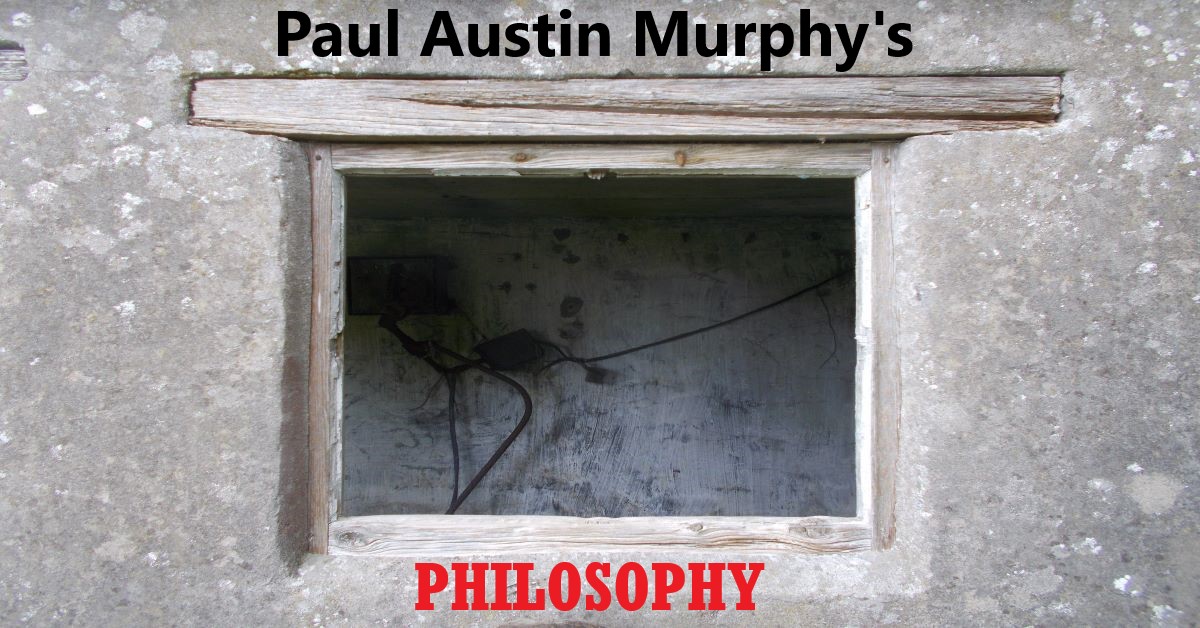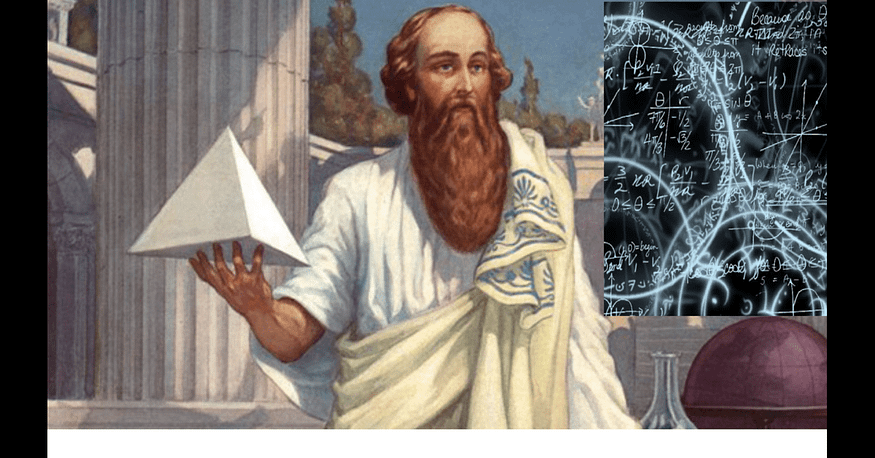The philosopher David Chalmers once discussed Erwin Schrödinger’s well-known thought-experiment. Chalmers did so in order to compare what he himself is doing to what Schrödinger did way back in 1935. More specifically, Chalmers compared his qualia and zombie “scenarios” to Schrödinger’s cat. He argued that they too “bring out various plausibilities and implausibilities”.

Could David Chalmers’ qualia and zombie scenarios even become part of any flesh-and-blood experiments? In more basic terms, should Chalmers use the word “experiment” about his own qualia and zombie scenarios at all?…
Yes!
A thought-experiment isn’t a physical or concrete experiment — the clue is in the name. And Chalmers himself stresses the fact that his primary concern is “conceptual possibility” (or “conceivability”), not flesh-and-blood experimentation…
Yes, Chalmers is a philosopher, not a scientist.
All that said, Erwin Schrödinger’s own thought-experiment never became an actual experiment either. In other words, it has never been carried out on a cat or on any other “classical” object. That said, successful experiments involving superpositions of “relatively large objects” have been performed. (Relatively large, but not even the size of a neuron.) [See note 1.]
So what did Chalmers have to say about Schrödinger’s Cat?
David Chalmers on Schrödinger’s Cat
Chalmers wrote:
“Perhaps it is useful to see these [zombie an qualia] thought-experiments as playing a role analogous to that played by the ‘Schrodinger’s cat’ thought-experiment in the interpretation of quantum mechanics.”
Chalmers then explained this analogous role in the following way:
“Schrödinger’s thought-experiment does not deliver a decisive verdict in favour of one interpretation or another, but it brings out various plausibilities and implausibilities in the interpretations, and it is something that every interpretation must ultimately come to grips with.”
Chalmers finally concluded:
“In a similar way, any theory of consciousness must ultimately come to grips with the fading and dancing qualia scenarios, and some will handle them better than others. In this way, the virtues and drawbacks of various theories are clarified.”
In this case at least, Schrödinger’s thought-experiment about a cat was deemed by Chalmers to be “analogous” to his own qualia and zombie “scenarios”. Yet, prima facie, it’s hard to spot anything analogous here other than that all these examples are… well, thought-experiments.
Chalmers’ Thought-Experiments
David Chalmers isn’t naïve about the arguments against his own modal theorising. For example, way back in 1995, Chalmers once happily stated the following:
“The mere logical or metaphysical possibility of absent qualia is compatible with the claim that in the actual world [there is no such thing]. [ ] Mere intelligibility does not bear on this, any more than the intelligibility of a world without relativity can falsify Einstein’s theory.”
Yet, as we’ll see in a moment, “logical or metaphysical possibility” is still very important to Chalmers — despite his prefix “mere”.
What’s more, elsewhere in the same paper Chalmers wrote:
“But it is implausible that fading qualia are possible, and it is extremely implausible that dancing qualia are possible. It is therefore extremely implausible that absent qualia and inverted qualia are possible.”
On a positive reading, it can be argued that it was right and proper that these possibilities (or though-experiments) be considered — even if, in the end, they were ruled out for the “actual world”. After all, how can we rule these possibilities out (or in) unless we firstly tackle and analyse them?
So, despite Chalmers pre-empting many of the counterarguments, logical possibilities are still fundamental to almost all his philosophical work. [See note 2.] Relevantly, some of his possibilities are ruled in, rather than ruled out.
More specifically, the philosophical notion of conceivability is at the very heart of much of Chalmers’ work.
David Chalmers on Conceivability
Without (philosophical) conceivability, Chalmers’ arguments against physicalism — and in support of the possibility of philosophical zombies, inverted qualia, dancing qualia, absent qualia, etc. — wouldn’t get off the ground in the first place.
In terms of zombies scenarios (i.e., not qualia scenarios), Chalmers himself says that
“the question is not whether it is plausible that zombies could exist in our world, or even whether the idea of a zombie is a natural one; the question is whether the notion of a zombie is conceptually coherent”.
To Chalmers, then, “the notion of a zombie” is “conceptually coherent”.
However, let the English philosopher Philip Goff put the case-for-conceivability in more technical terms.
Firstly, Goff expresses his view about the importance of conceivability (leading to possibility) in this way:
“If P is conceivably true, then P is possibly true.”
So is a cat being both alive and dead at one and the same time “conceivably true”? It depends on what, exactly, is conceived. More clearly, what is it to conceive of the same cat being both alive and dead at one and the same time?
Goff then expresses his position in possible-worlds jargon:
“If P is conceivably true (upon ideal reflection), then there is a possible world W, such that P is true at W considered as actual.”
Or, less technically, Goff actually refers to Chalmers when he says that
“Chalmers holds that every conceivably true proposition corresponds in this way to some genuine possibility”.
Thus, if it’s “conceivably true” that the same cat be both alive and dead at one and the same time, then there is a possible world W in which that cat is both alive and dead.
It’s not clear, here, how shifting this issue to a “possible world” negates the problem we have with the psychological notion of conceivability.
Oddly enough, according to many-worlds theorists, the alive cat and dead cat are indeed in two different worlds — if not in two possible worlds. That is, this superposition would actually occur in a multiworld - it’s not a (mere) possibility. (Such physicists believe that the alive-and-dead-cat superposition would be actual if the experiment were ever successfully carried out.)
Schrödinger’s Cat Again
Erwin Schrödinger himself never believed that a cat could be both alive and dead at one and the same time…
In basic terms, Schrödinger intended his thought-experiment to illustrate the bizarre nature of the Copenhagen interpretation of quantum mechanics. Indeed, Schrödinger took it to be a reductio ad absurdum.
Chalmers, too, sees himself as considering various logical possibilities, and (as it’s often put) seeing where they lead.
Oddly enough, Schrödinger can be seen as actually arguing against taking outlandish possibilities (in this case, superpositions) seriously. After all, aren’t there literally innumerable possibilities that can be — or even must be — considered? Of course, it can now be argued that some possibilities are (well) more possible than others. They may also may be more interesting, relevant, useful, scientific, etc. than others. And all that may apply to Schrödinger’s cat, as well as to Chalmers’ zombie and qualia scenarios.
Ironically enough, Schrödinger concocted a thought-experiment (which is about the logical possibility of a cat being both alive and dead) to advance his case against the possibility of a particle (i.e., not a cat) being in various superpositions within quantum experiments.
All that said, it can now be acknowledged that both Schrödinger’s and Chalmers’ thought-experiments do indeed (as Chalmers put it earlier) “bring out various plausibilities and implausibilities”. And, surely, that’s a good thing for both physics and philosophy.
Notes:
(1) Here are two examples:
“Two distinct types of experiments — both of them carried out by several groups independently — have shown that vast numbers of atoms can be placed in collective quantum states, where we can’t definitely say that the system has one set of properties or another. In one set of experiments, this meant ‘entangling’ two regions of a cloud of cold atoms to make their properties interdependent and correlated in a way that seems heedless of their spatial separation. In the other, microscopic vibrating objects were maneuvered into so-called superpositions of vibrational states. Both results are loosely analogous to the way Schrödinger’s infamous cat, while hidden away in its box, was said to be in a superposition of live and dead states.”
(2) For example, in David Chalmers’ brilliant book, The Consciousness Mind (1996), there are comments and arguments about logical possibility and conceivability on almost every page. Indeed, this was the book which jumpstarted Chalmers’ career.












